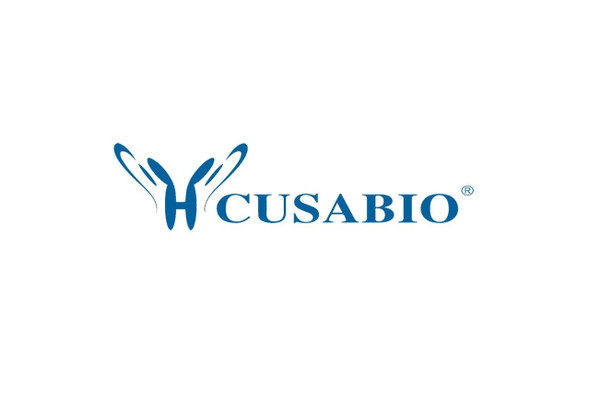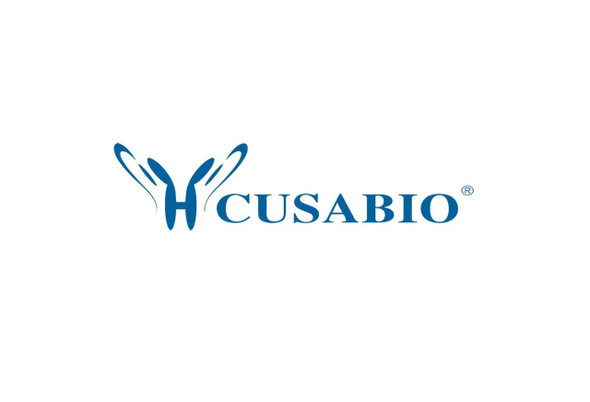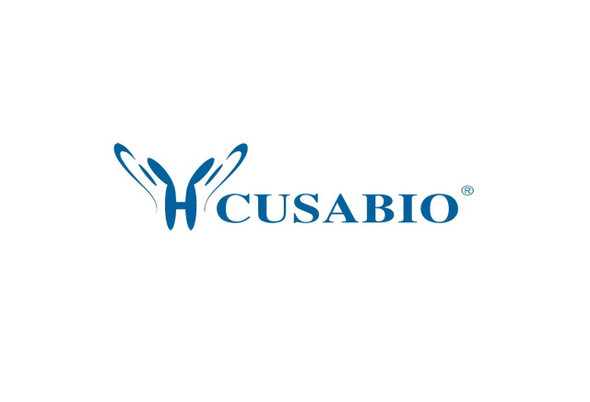Cusabio Human Recombinants
Recombinant Human Tenascin (TNC), partial | CSB-RP115094h(C)
- SKU:
- CSB-RP115094h(C)
- Availability:
- 3 - 7 Working Days
Description
Recombinant Human Tenascin (TNC), partial | CSB-RP115094h(C) | Cusabio
Alternative Name(s): Cytotactin;GMEMGP 150-225Glioma-associated-Extracellular domain matrix antigenHexabrachionJIMyotendinous antigenNeuronectin;Tenascin-C ;TN-C
Gene Names: TNC
Research Areas: Signal Transduction
Organism: Homo sapiens (Human)
AA Sequence: DSPRDLTATEVQSETALLTWRPPRASVTGYLLVYESVDGTVKEVIVGPDTTSYSLADLSPSTHYTAKIQALNGPLRSNMIQTIFTTIGLLYPFPKDCSQAMLNGDTTSGLYTIYLNGDKAEALEVFCDMTSDGGGWIVFLRRKNGRENFYQNWKAYAAGFGDRREEFWLGLDNLNKITAQGQYELRVDLRDHGETAFAVYDKFSVGDAKTRYKLKVEGYSGTAGDSMAYHNGRSFSTFDKDTDSAITNCALSYKGAFWYRNCHRVNLMGRYGDNNHSQGVNWFHWKGHEHSIQFAEMKLRPSNFRNLEGRRKRA
Source: E.coli
Tag Info: N-terminal 6xHis-tagged
Expression Region: 1888-2201aa
Sequence Info: Partial
MW: 39.5 kDa
Purity: Greater than 90% as determined by SDS-PAGE.
Relevance: Extracellular domain matrix protein implicated in guidance of migrating neurons as well as axons during development, synaptic plasticity as well as neuronal regeneration. Promotes neurite outgrowth from cortical neurons grown on a monolayer of astrocytes. Ligand for integrins alpha-8/beta-1, alpha-9/beta-1, alpha-V/beta-3 and alpha-V/beta-6.
Reference: An alternatively spliced region of the human hexabrachion contains a repeat of potential N-glycosylation sites.Gulcher J.R., Nies D.E., Marton L.S., Stefansson K.Proc. Natl. Acad. Sci. U.S.A. 86:1588-1592(1989)
Storage: The shelf life is related to many factors, storage state, buffer ingredients, storage temperature and the stability of the protein itself. Generally, the shelf life of liquid form is 6 months at -20?/-80?. The shelf life of lyophilized form is 12 months at -20?/-80?.
Notes: Repeated freezing and thawing is not recommended. Store working aliquots at 4? for up to one week.
Function: Extracellular matrix protein implicated in guidance of migrating neurons as well as axons during development, synaptic plasticity as well as neuronal regeneration. Promotes neurite outgrowth from cortical neurons grown on a monolayer of astrocytes. Ligand for integrins alpha-8/beta-1, alpha-9/beta-1, alpha-V/beta-3 and alpha-V/beta-6. In tumors, stimulates angiogenesis by elongation, migration and sprouting of endothelial cells
Involvement in disease: Deafness, autosomal dominant, 56 (DFNA56)
Subcellular Location: Secreted, extracellular space, extracellular matrix
Protein Families: Tenascin family
Tissue Specificity:
Paythway: PI3K-Aktsignalingpathway
Form: Liquid or Lyophilized powder
Buffer: If the delivery form is liquid, the default storage buffer is Tris/PBS-based buffer, 5%-50% glycerol. If the delivery form is lyophilized powder, the buffer before lyophilization is Tris/PBS-based buffer, 6% Trehalose, pH 8.0.
Reconstitution: We recommend that this vial be briefly centrifuged prior to opening to bring the contents to the bottom. Please reconstitute protein in deionized sterile water to a concentration of 0.1-1.0 mg/mL.We recommend to add 5-50% of glycerol (final concentration) and aliquot for long-term storage at -20?/-80?. Our default final concentration of glycerol is 50%. Customers could use it as reference.
Uniprot ID: P24821
HGNC Database Link: HGNC
UniGene Database Link: UniGene
KEGG Database Link: KEGG
STRING Database Link: STRING
OMIM Database Link: OMIM


-SDS__68909.1638526743.jpg?c=1)

-SDS__68909.1638526743.jpg?c=1)




